Mineral management doesn’t have to be a messy, time-consuming process. But if you’re not using the right tools for the job, that’s exactly what it will be.
Mineral resource management can be a complicated and time-consuming ordeal. Regardless of where you are in the process — whether you’re learning more about surface rights vs. mineral rights or you’re working on optimizing existing leases — there is always more to do if you want to get the most out of your mineral assets.
Mineral management is not a matter of simply securing leases and then waiting for the money to roll in. Even if you’re not interested in expanding your portfolio, you still need to continuously monitor your properties, check that you aren’t owed any unpaid or escheated funds, and ensure that your accounts haven’t gone into suspension.
It’s critical to have an accurate, updated, and organized inventory of all your assets. However, people spend so much time trying to do this by themselves that they miss errors and opportunities for payment, among other things. Thankfully, technology can make management easier. There is a platform you can use to help you manage your mineral rights and make the most of what you have.
Choosing the Right Mineral Management Platform
Other mineral management solutions might not necessarily have everything you need to maintain an accurate inventory and optimize your mineral rights. But mineral.tech® is different. It was developed by oil and gas professionals in mineral management who sought to solve an industry shortcoming using technology, not technology professionals who sought to solve oil and gas deficiencies.
This platform was designed to truly meet all the needs of asset owners, and it’s also backed by a company with a commitment to accuracy that is second to none. Whether you’re dealing with six or 60 leases, Valor’s platform offers a way to manage your mineral rights with software that is constantly being updated and optimized. Combined with our team of experts, we can efficiently flag errors and optimize assets and opportunities.
To understand how mineral.tech® can assist you with your assets, let’s take a look at what the solution has to offer.
What Comprehensive Mineral Management Looks Like
In order to properly cultivate your assets, you first need to start with a solid foundation. Valor understands this, which is why you first need to go through our thorough onboarding process.
Valor will begin by setting up your portal and building a complete list of your assets. This list includes input API’s, property descriptions, and other relevant data that make your assets easy to organize and manage. Your leases are then set up and mapped out along with your wells. Finally, all historical files — including deeds and division orders — are digitally scanned in to give you a complete picture of where you stand.
Once everything is set up, you can then rely on mineral.tech® and our team’s expertise and attention to detail to yield strong outcomes. With the help of mineral.tech® and Valor’s experts, we upload your monthly checks, map new wells using division orders, set up new leases, and run pay status review reports to make sure you receive payments in a timely manner.
We also make it a best practice to dig deeper, using mineral.tech® to recover escheated funds and look for missing leases and source documents. Because we offer a continuous review of your properties — along with regular maintenance, reporting, and optimization — you can be sure the information you’re working with is accurate and up to date. With mineral.tech®, you no longer have to worry about discovering that your account is in suspense months after it happened.
At Valor, mineral.tech® and our accounting team allows us to deliver the following services:
- • Financial distributions to various accounts within a family’s client portfolio
- • 1099 and property tax entry, analysis, and reporting through mineral.tech®
- • Annual reporting on income and expenses by state and product type
- • Detailed revenue and expense accounting at the well and lease level
- • Quality control for errors, underpayments, and missed payments
- • Joint interest billing, review, and payments
- • Ad valorem tax administration and payment
- • Suspended and escheated funds assistance
- • Well proposal and AFE analysis
- • UPIA depletion calculation
Take Advantage of mineral.tech® Today
Mineral management doesn’t have to be a messy, time-consuming process. But if you’re not using the right tools for the job, that’s exactly what it will be.
The beauty of relying on Valor and mineral.tech® is that it allows individuals and organizations to focus on their core competencies and not spend their days bogged down in the details. With Valor and mineral.tech® at your side, you can make the most of your assets without letting them eat up all your time.
Want to learn more? Reach out today to get started.
The information provided by Valor in this blog is for general informational purposes only, not to provide specific recommendations or legal or tax-related advice. The blog/website should not be used as a substitute for competent legal advice from a licensed professional attorney in your state.










